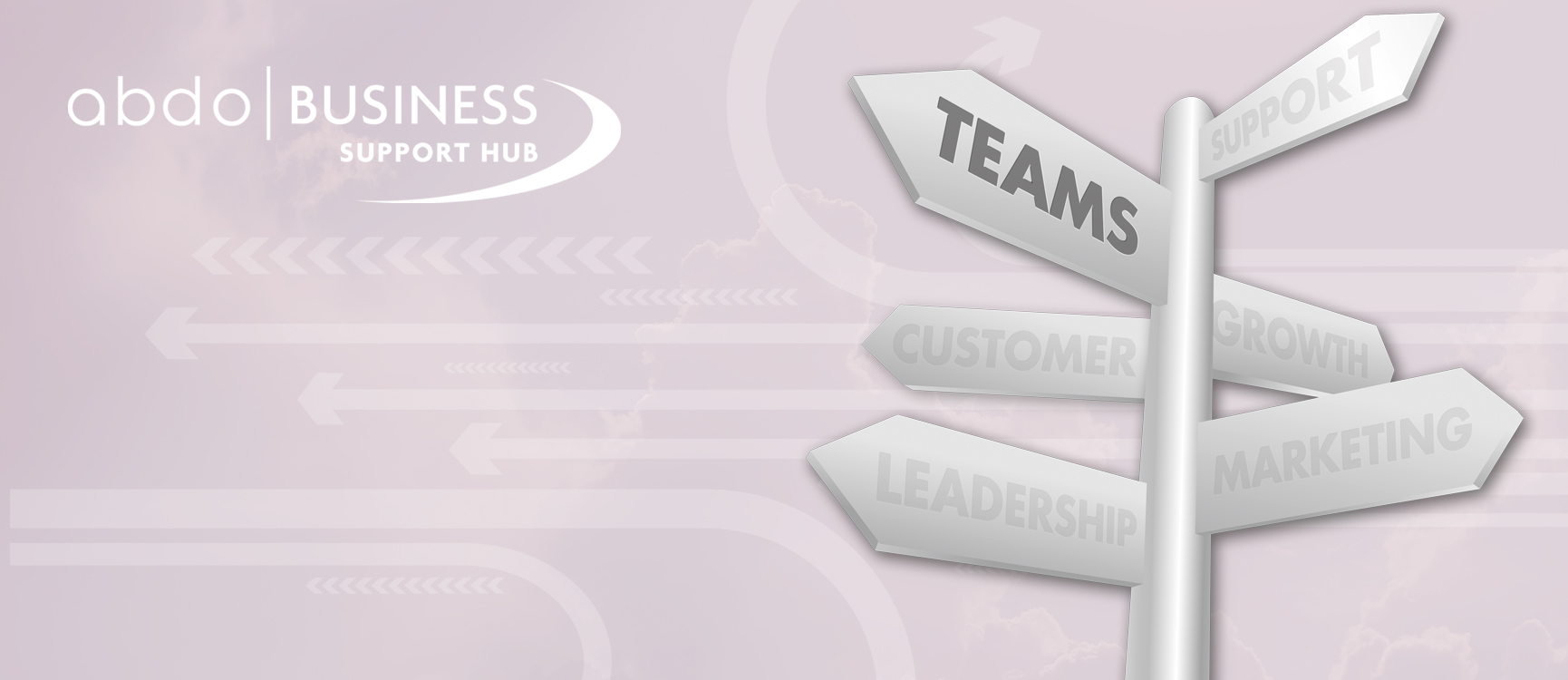What is psychological safety?
In a workplace and a team environment where there is no psychological safety, team members may choose to not put forward suggestions and ideas as they are afraid to do so. They fear being laughed at, criticised by others or even fear that their job may not be safe if they speak up. As a result, you never get to see or hear the real person and what they have to contribute.
The desirable state of a workplace that feels psychologically safe is one where employees are encouraged to ask questions, to say if they do not understand, to offer suggestions and alternative options. Team members are respectful and do not rush to judge. This can be helpful in learning environments as well as team meetings; project meetings etc. and encourages innovation, creativity and employee engagement.
Google’s ‘People Operations’ (HR to us!) studied what makes a team great and found good grounding in the need for psychological safety for teams and team members. In an article1 on re:Work, Julia Rozovsky from Google explains that their assumptions about compiling the dream team of individuals for success were wrong.
“Who is on a team matters less than how the team members interact, structure their work, and view their contributions.
We learned that there are five key dynamics that set successful teams apart from other teams at Google:
- Psychological safety: Can we take risks on this team without feeling insecure or embarrassed?
- Dependability: Can we count on each other to do high quality work on time?
- Structure & clarity: Are goals, roles, and execution plans on our team clear?
- Meaning of work: Are we working on something that is personally important for each of us?
- Impact of work: Do we fundamentally believe that the work we’re doing matters?”
The Google research found that the most important aspect was psychological safety and that this underpins the other four areas.
Returning to the earlier points about what will promote psychological safety, we are reminded that we need to have a work/team environment in which people feel safe to ask questions, admit mistakes, take on new responsibilities, work collaboratively, offer suggestions and alternative viewpoints without the fear of being judged to be wrong or less informed.
How do you increase psychological safety?
Looking at the results of the Google study and actions, we see a summary2 as follows:
- Approach conflict as a collaborator, not an adversary. We need a win-win outcome.
- Speak human to human. Remind team members that the people they may feel in conflict with are just like them.
- This person has beliefs, perspectives, and opinions, just like me.
- This person has hopes, anxieties, and vulnerabilities, just like me.
- This person has friends, family, and perhaps children who love them, just like me.
- This person wants to feel respected, appreciated, and competent, just like me.
- This person wishes for peace, joy, and happiness, just like me.
- Anticipate reactions and plan for them. Looking at the discussion from this third-party perspective exposes weaknesses in positions and encourages you to rethink your point.
- Replace blame with curiosity. If team members sense that you are trying to blame them for something, blame and criticism escalate conflict, leading to defensiveness and eventually to disengagement.
The alternative to blame is curiosity. Ask for solutions. The people who are responsible for creating a problem often hold the keys to solving it. That’s why a positive outcome typically depends on their input and buy-in.
- Ask for feedback on delivery.
- What worked and what didn’t work in my delivery?
- How did it feel to hear this message?
- How could I have presented it more effectively?
- Measure psychological safety. Google teams routinely takes surveys on psychological safety and other team dynamics
In summary:
If you create and nurture a sense of psychological safety with your team, you will see higher levels of engagement, increased motivation to tackle difficult issues, more openness, more learning and development opportunities, and better performance.
- Rozovsky J. The five keys to a successful Google team. re:Work, 17 November 2015.
- Delizonna L. High-Performing Teams Need Psychological Safety. Here’s How to Create It. Harvard Business Review, 24 August 2017
Other resources:
www.myhrtoolkit.com/blog/psychological-safety-what-it-is-why-it-matters
www.hrmagazine.co.uk/article-details/the-importance-of-psychological-safety

